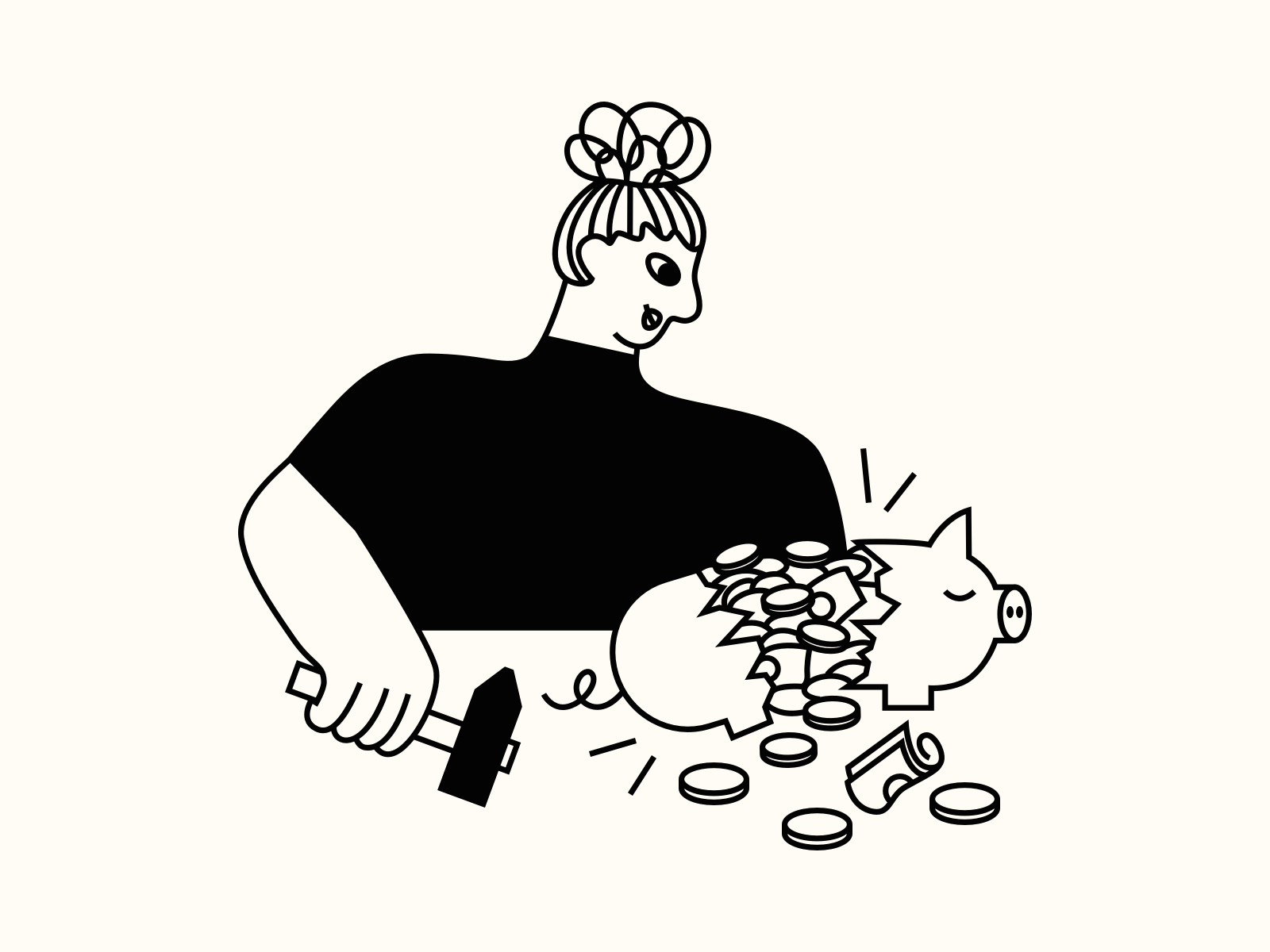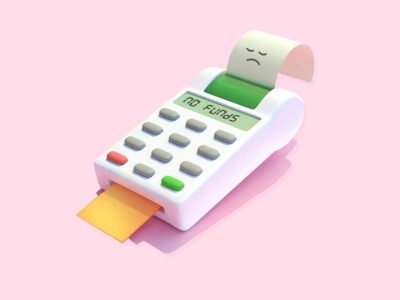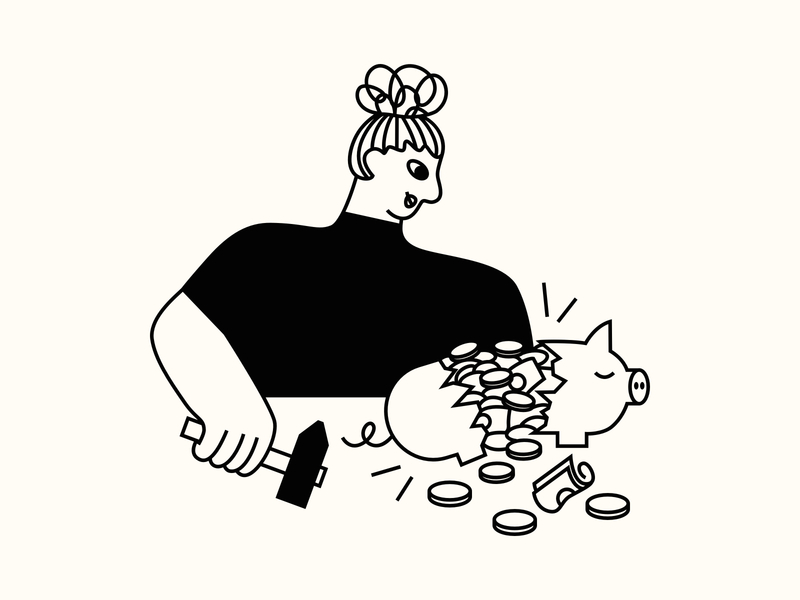As a freelance creative, you’re most likely more vulnerable in the event of a sudden loss of income. To help prepare for the unknown, founder of Millennial Money Guide Ayana Campbell Smith recommends starting an emergency fund. Here’s why and how to start one.
With unemployment rates at an all-time high and almost 40% of Americans struggling to cover a $400 emergency , recent events have taught us all an important life lesson: the importance of preparing financially for the unknown. This especially rings true for freelancers who may not have the same benefits as a salaried employee.
In the face of unexpected car repairs, medical bills, and sudden job loss, having an emergency fund serves as a first line of defense against the ups and downs of life.
What is an emergency fund?
An emergency fund is a stash of money intentionally set aside for a rainy day. This money should be kept separate from your personal savings and should only be used for emergency situations.
How much should you save?
If you’re starting from zero, aiming to save at least 1-2 months’ worth of essential expenses, often referred to as a starter emergency fund, sets a solid foundation to build upon.
Beyond this, the stability of your income should be considered to determine the size of your emergency fund. For example, 3 months’ worth of expenses is generally suggested for households with more than one income, while 6 months is suggested if things are more unpredictable.
Remember that at the end of the day, these are just suggestions, and saving more is completely fine if doing so makes you feel most secure. When determining the actual dollar amount to save, take into consideration the essential expenses that would need to be covered in case of a sudden loss of income. This may include:
- 🏠 Rent
- 🚗 Car Note + Insurance
- 💡 Utilities
- ❤️ Health Insurance
- 🍊 Groceries
- ⛽️ Gas
You’ll notice that things like Netflix subscriptions and money for dining out aren’t included on the list above. While these things are nice to have, when it comes down to it, they aren’t essential. Trust me, if you lose your job, you’ll have much bigger things to worry about than being able to binge Parks and Rec for the third time.
Get started now:
Below are three key things you’ll need to start building your emergency fund:
Budget
Without a budget, it’s difficult to accurately determine how much you’ll need to cover your essential expenses. Figure this out first before you do anything else. Once you’ve got that sorted, tally up the amounts, and multiply accordingly depending on your unique situation. Use this total as your target as you begin to save.
Also, depending on what freelance work you do, you should think about investing in free tools and software. A great one to use is Bonsai, an all-in-one business management tool that’s been built specifically for freelancers. If budgeting gets tight, you’ll at least be able to manage your business without any worries.
If you need a hand creating a budget, check out my free e-book: 5-Step Guide: Create a Simple Budget in Google Sheets
Savings Account
You’ll need a place to put the money you’ll be saving. Remember, this should be completely separate from your day-to-day spending cash but still easily accessible when you need it. Opening a savings account that allows for easy transfers should the need arise is recommended.
Discipline
In order to save money, you’ll need the discipline to do so above all else. At times, this may mean saying no to that new pair of shoes or deciding to cook at home instead of ordering takeout. Just remember that these are small sacrifices to make in the name of financial security.
With an emergency fund in place, you’ll be better prepared to face the ups and downs of life. Just think how much easier you’ll sleep knowing a $400 emergency won’t completely rock your world.
![]() About the author: Ayana Campbell Smith is a debt-free millennial money coach with a passion for helping other millennials ditch debt, save more, and win with money! In August 2019, she launched Millennial Money Guide. Through her monthly email newsletter, Instagram, blog, and 1:1 coaching services, Ayana shares practical tips and money advice to help young adults navigate personal finance.
About the author: Ayana Campbell Smith is a debt-free millennial money coach with a passion for helping other millennials ditch debt, save more, and win with money! In August 2019, she launched Millennial Money Guide. Through her monthly email newsletter, Instagram, blog, and 1:1 coaching services, Ayana shares practical tips and money advice to help young adults navigate personal finance.
MORE FINANCIAL RESOURCES FOR FREELANCERS:
- 5 tips to unlock higher freelance design rates
- Here are the top 3 U.S. states with the highest designer salaries
- 9 tips to get your freelance design invoices paid faster
Find more Community stories on our blog Courtside. Have a suggestion? Contact stories@dribbble.com.










